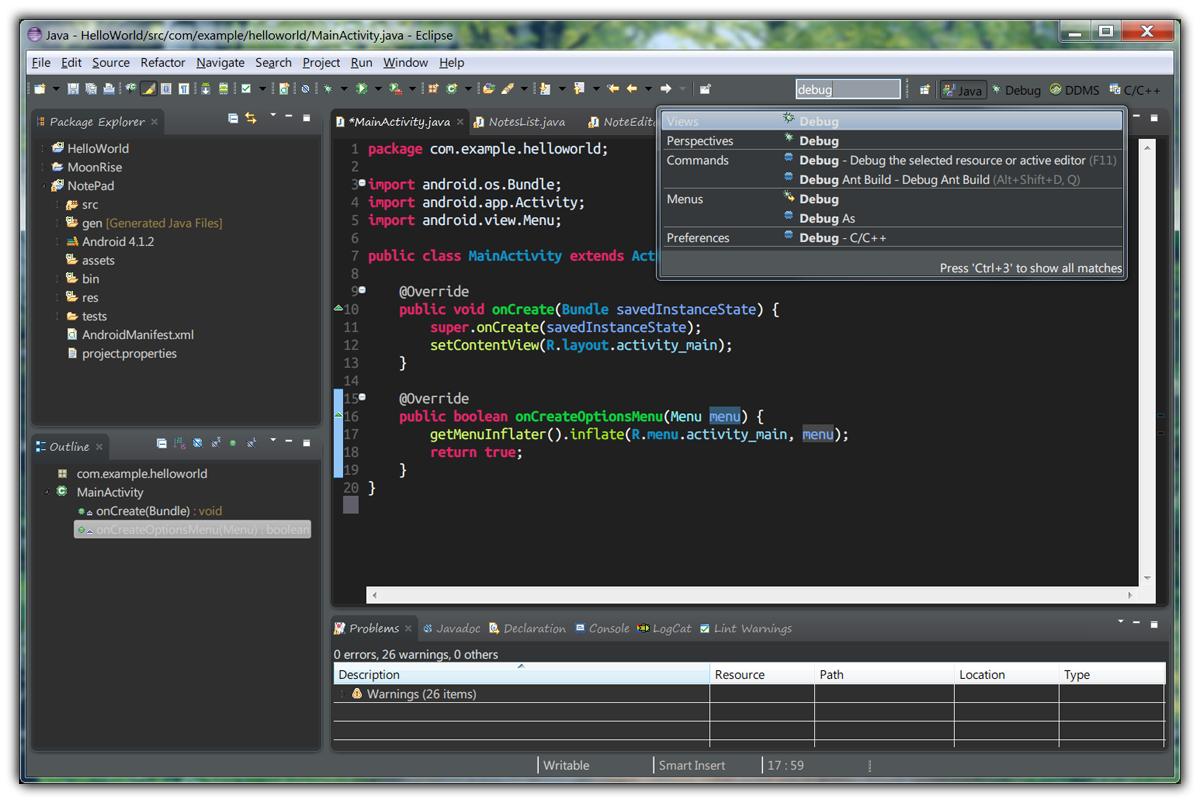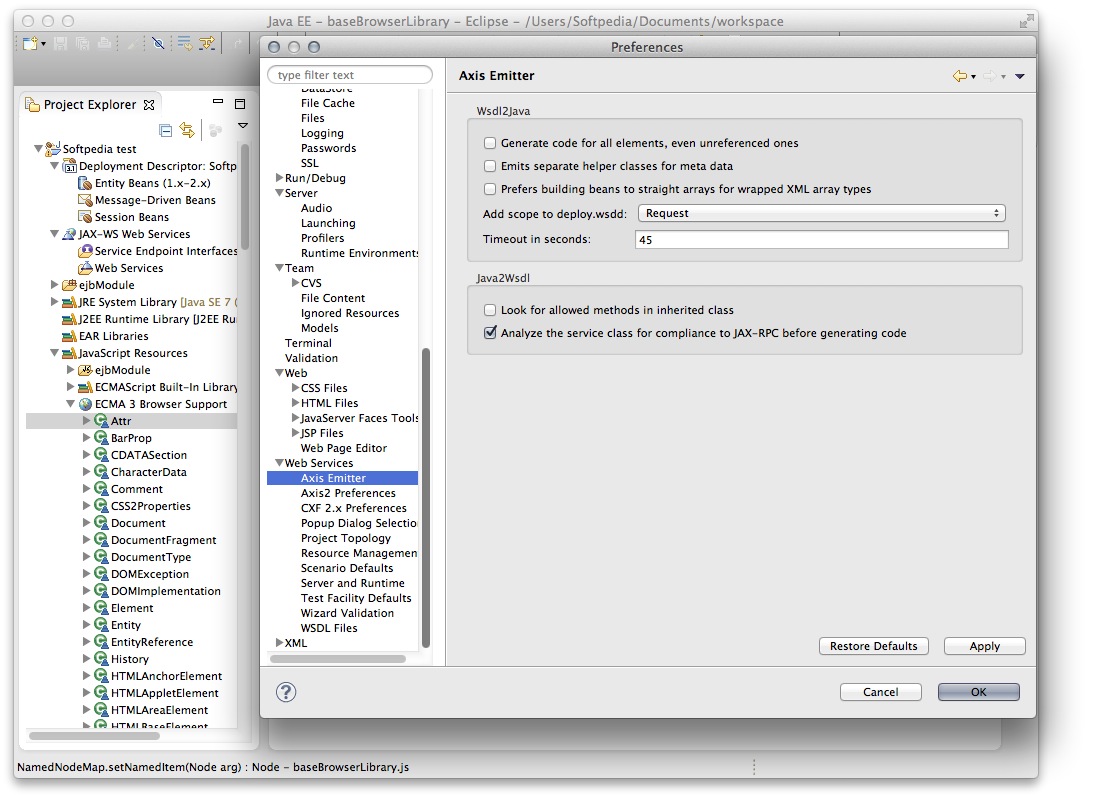
It’s not a recommended location, you can change this location as you want. tar -zxvf eclipse-jee-photon-R-linux-gtk-x86_64.tar.gz -C /opt After extract, a directory named eclipse will be created. It’s ready to use the Eclipse application.

ln -s /opt/eclipse/eclipse /usr/local/bin/eclipse Simply create an eclipse binary symbolic link to make it accessible system-wide. Type eclipse on command prompt to launch the Eclipse IDE. The Eclipse IDE is accessible from the command line.įollow the next step to create an Eclipse desktop launcher. In this step create a desktop launcher for the Eclipse. In this step simply create an sktop file at below location. Ĭategories=GNOME Application Development vim /usr/share/applications/sktopĪdd the entry to file and save it.

Now search the Eclipse in GNOME search, You will find the icon as below screenshot. Click this launcher to launch Eclipse IDE. Step 5 – Enable Java 9 Support to EclipseĪre you using Java 9? if yes, you need to enable the support of Java 9 in your Eclipse workspace. Visit below link to enable Java 9 support.This tutorial will give you insight into how to run a servlet class that prints the “Hello World” String in the Browser. Here we are going to use the Eclipse IDE to develop code and will run the code in Tomcat Webserver. I) Download and install Eclipse IDE for Java EE developers.ĭownload Eclipse IDE: eclipse ide for java ee developer We have outlined the steps to be done in order to create a Hello World Servlet Example using Eclipse IDE in detail.įor creating a Hello World Servlet Example using eclipse IDE with tomcat 7, you just need two things: Creating Servlet in IDE Environment will save you from doing a lot of work. Ii) Download and install the Apache Tomcat serverĪfter download and install Eclipse IDE for Java EE developer and Tomcat Server, you will be able to create a Hello World Servlet Example using Eclipse IDE. Session Management in Servlet Using HttpSession.Session Management Using URL Rewriting in Servlet.Cookies Class in Servlet Explained with Example.Session Management Using Hidden Form Field in Servlet with Example.To create a Dynamic web project open eclipse ide → Go to menu → New → Dynamic web project. Write your project name and click on next.Ĭheck on generate web.xml and click on the finish button. right-click on your project → New → Servlet Once you click on the finish button, your Eclipse IDE will automatically create a dynamic web project as followsĪfter creating a dynamic web project the next step is to create a servlet class. Write the package name in the java package field and class name in the class name field and then click on next.


 0 kommentar(er)
0 kommentar(er)
